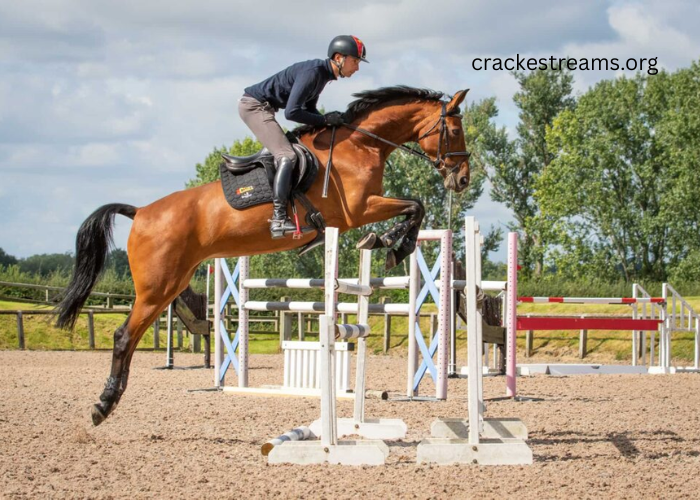In the fast-paced world of football, every match offers a unique tactical challenge for teams. One such encounter that caught the attention of fans and pundits alike was the clash between Everton Football Club and Manchester City. In this article, we delve into the intricacies of the lineups deployed by Everton against the formidable Manchester City, exploring the strategic decisions, player roles, and the impact on the game.
Introduction to the Encounter
The clash between Everton and Manchester City promised an intriguing battle. Everton, known for their resilience and tactical flexibility under the stewardship of their manager, aimed to disrupt Manchester City’s fluid attacking play. On the other hand, Manchester City, led by the tactical genius of Pep Guardiola, sought to assert their dominance and secure crucial points in their pursuit of silverware.
Everton’s Formation and Tactics
For this crucial encounter, Everton’s manager opted for a structured 4-3-3 formation, aiming to maintain defensive solidity while posing a threat on the counter-attack. In defense, the backline was led by the experienced central defensive partnership of Michael Keane and Yerry Mina, tasked with nullifying Manchester City’s attacking threat. Seamus Coleman and Lucas Digne operated as full-backs, providing defensive cover while also looking to exploit spaces on the flanks during transitions.
In midfield, Allan, Abdoulaye Doucouré, and André Gomes formed a dynamic trio. Allan’s tenacity and ability to break up opposition plays provided a shield for the defense, while Doucouré’s box-to-box prowess and Gomes’ creative vision offered a balance between defense and attack. Their collective work-rate and positional discipline were crucial in disrupting Manchester City’s rhythm and limiting their passing lanes.
The frontline featured Richarlison, Dominic Calvert-Lewin, and Demarai Gray, offering a blend of pace, power, and technical ability. Calvert-Lewin’s physical presence and aerial prowess posed a constant threat to Manchester City’s defense, while Richarlison’s mobility and Gray’s trickery provided an additional dimension to Everton’s attacking play. Their ability to press from the front and exploit spaces behind the opposition defense kept Manchester City’s backline on their toes throughout the game.
Manchester City’s Approach and Response
Manchester City, known for their fluidity and positional interchange, deployed their trademark 4-3-3 formation. Guardiola’s side aimed to control possession and dictate the tempo of the game, utilizing their intricate passing patterns and quick transitions to break down Everton’s defense.
In defense, Manchester City pressed high up the pitch, aiming to win the ball back quickly and prevent Everton from building attacks from the back. The defensive line, marshaled by the likes of Rúben Dias and Aymeric Laporte, maintained a high line to compress the playing space and restrict Everton’s forwards from finding pockets of space.
In midfield, the trio of Rodri, Kevin De Bruyne, and İlkay Gündoğan provided the creative impetus and defensive stability. Rodri’s positional intelligence allowed him to screen the defense effectively, while De Bruyne’s vision and Gündoğan’s movement between the lines unlocked Everton’s defense on several occasions.
The frontline featured the dynamic trio of Raheem Sterling, Gabriel Jesus, and Bernardo Silva. Their fluid movement and interchangeability troubled Everton’s defense, with Sterling’s pace, Jesus’ movement, and Silva’s guile causing constant problems for the opposition backline.
Key Tactical Battles
One of the key tactical battles in the game was in midfield, where Everton’s trio aimed to disrupt Manchester City’s passing rhythm and win the ball back quickly. Allan’s combative nature and Doucouré’s physical presence were crucial in breaking up Manchester City’s attacks, while Gomes’ ability to find pockets of space and dictate the tempo allowed Everton to launch counter-attacks.
Another pivotal aspect was Everton’s defensive organization and resilience. The backline, led by Keane and Mina, remained compact and disciplined throughout the game, limiting the space for Manchester City’s forwards to exploit. Coleman and Digne provided defensive solidity while also offering an outlet on the flanks during transitions.
In attack, Everton looked to exploit Manchester City’s high defensive line through quick counter-attacks and direct balls into the channels for the likes of Richarlison and Calvert-Lewin to chase. Gray’s pace and trickery on the wings posed a constant threat to Manchester City’s full-backs, forcing them to stay deep and nullify their attacking threat.
Conclusion
In conclusion, Everton’s tactical approach against Manchester City showcased their resilience, defensive solidity, and threat on the counter-attack. Despite facing a formidable opponent in Guardiola’s Manchester City, Everton managed to hold their own and secure a hard-fought result. The strategic decisions made by Everton’s manager, coupled with the players’ execution on the pitch, played a pivotal role in shaping the outcome of the game. As the season progresses, Everton will look to build on this performance and continue their pursuit of success in both domestic and European competitions.




